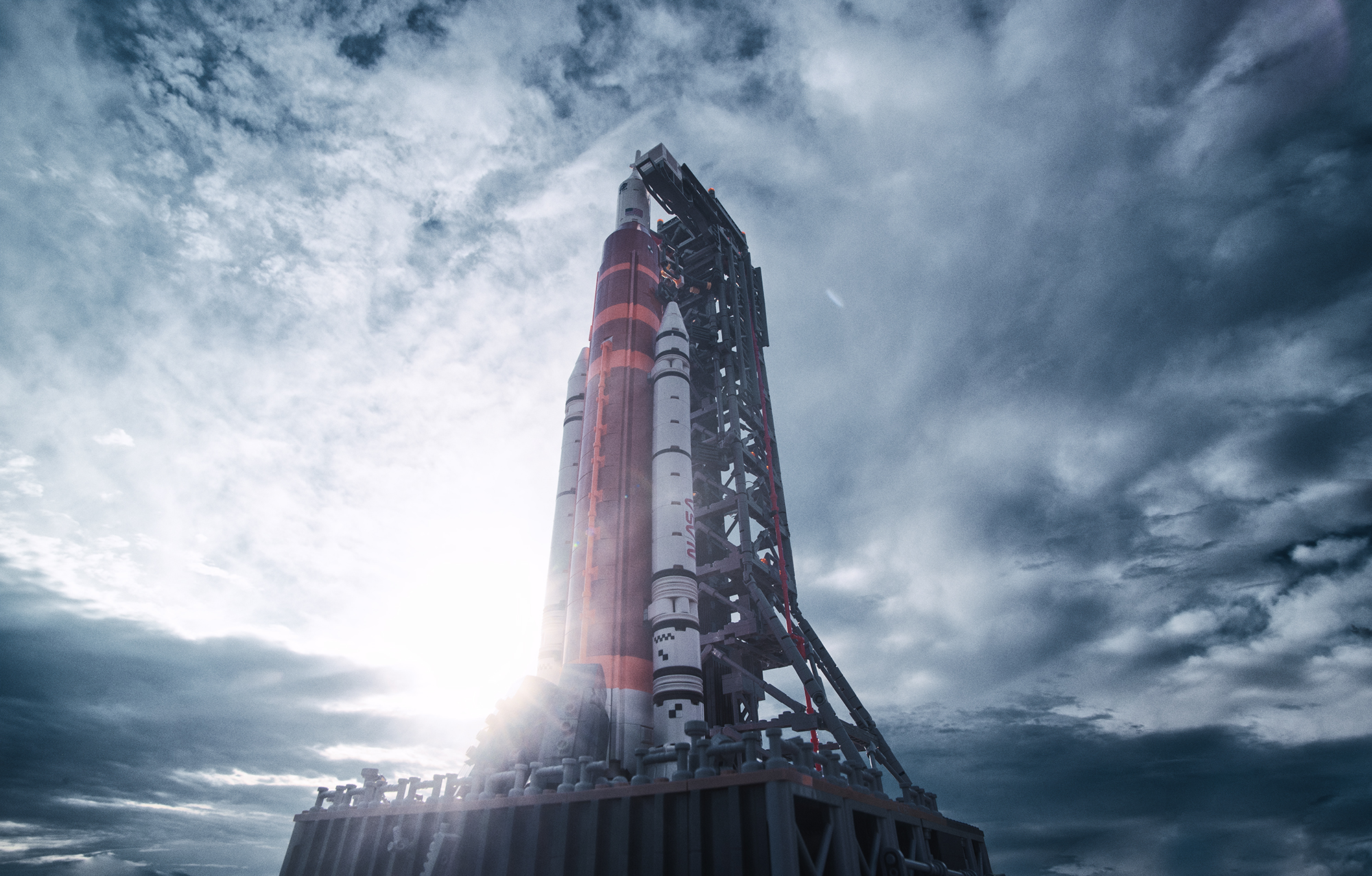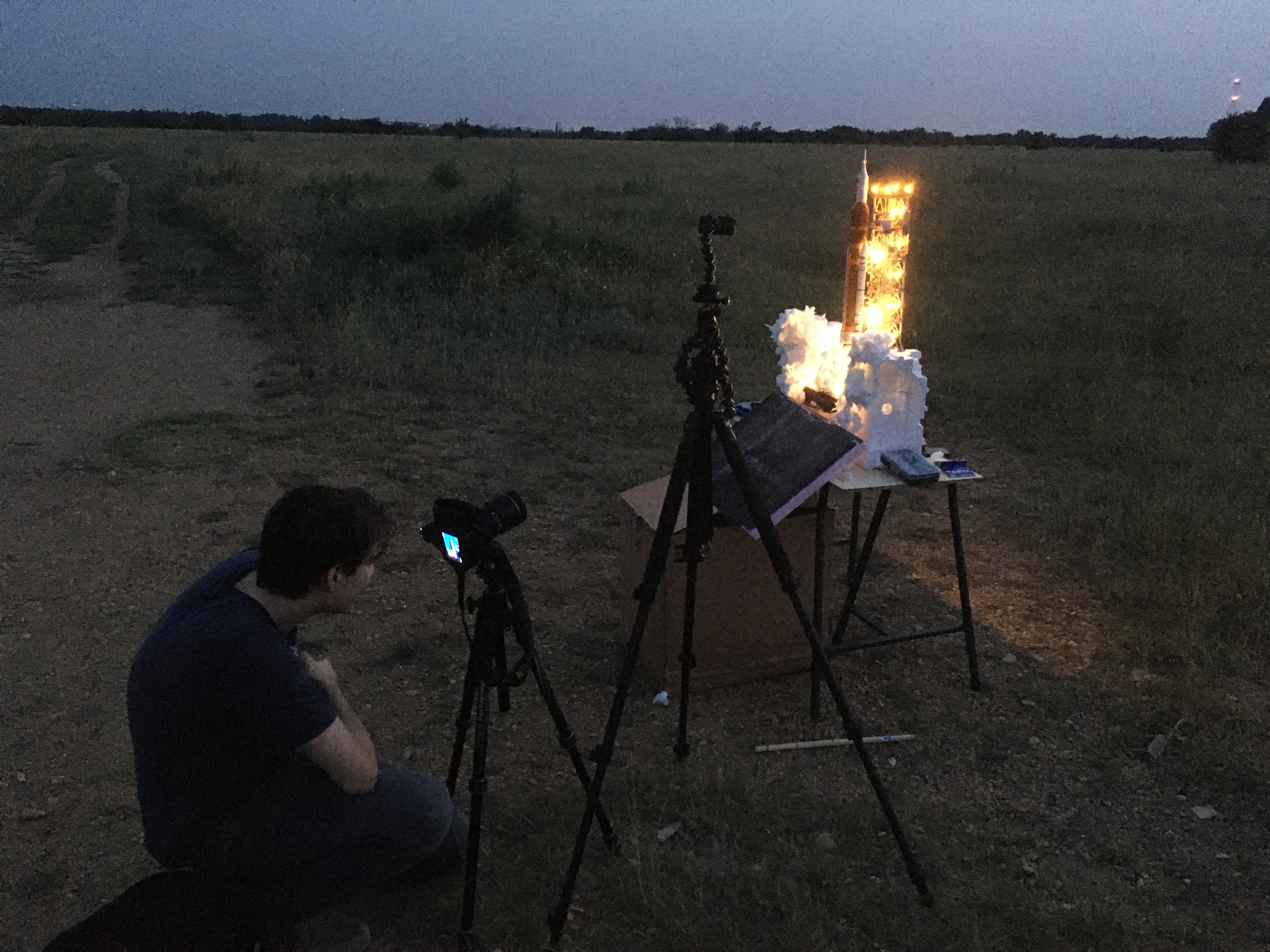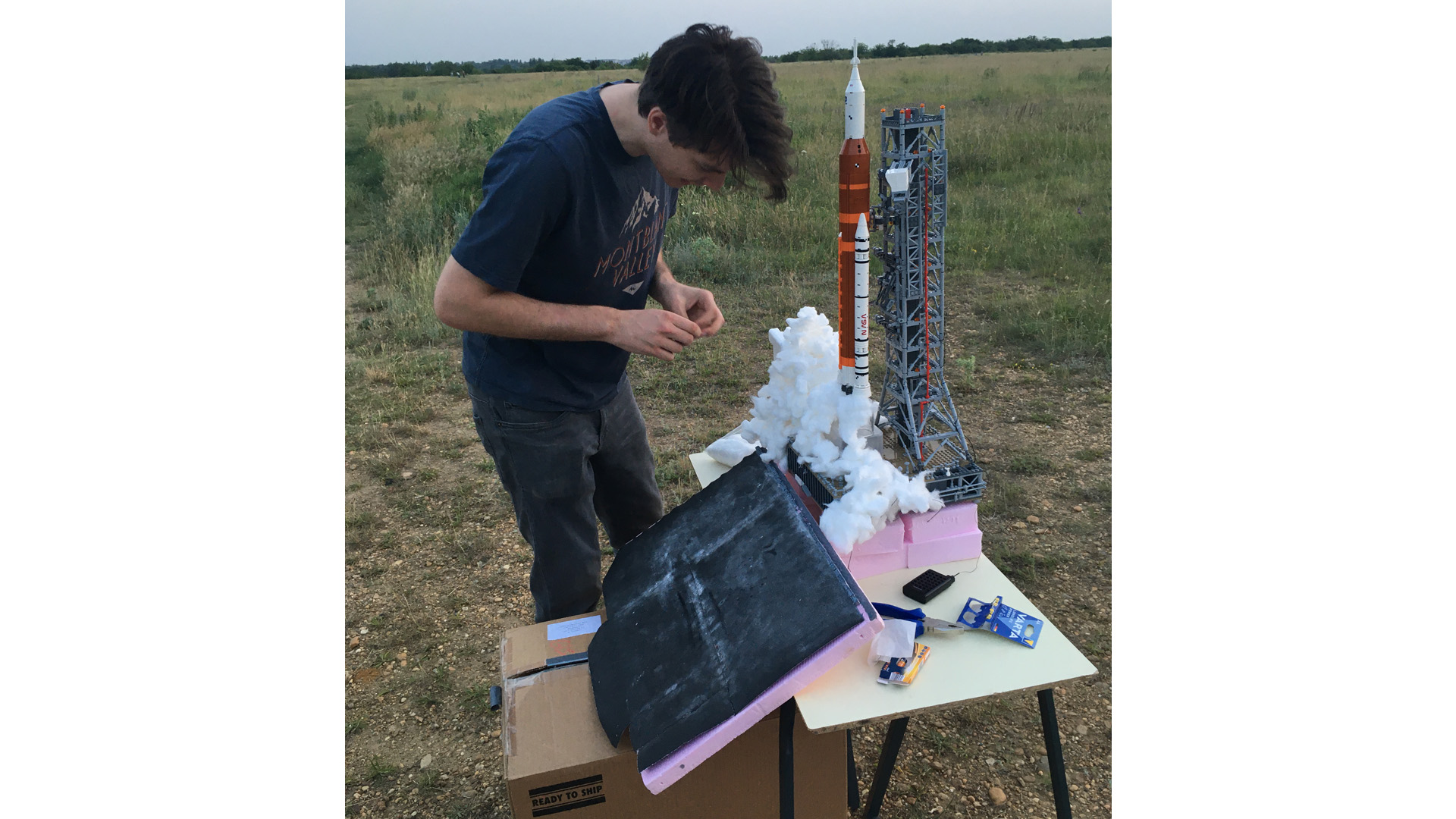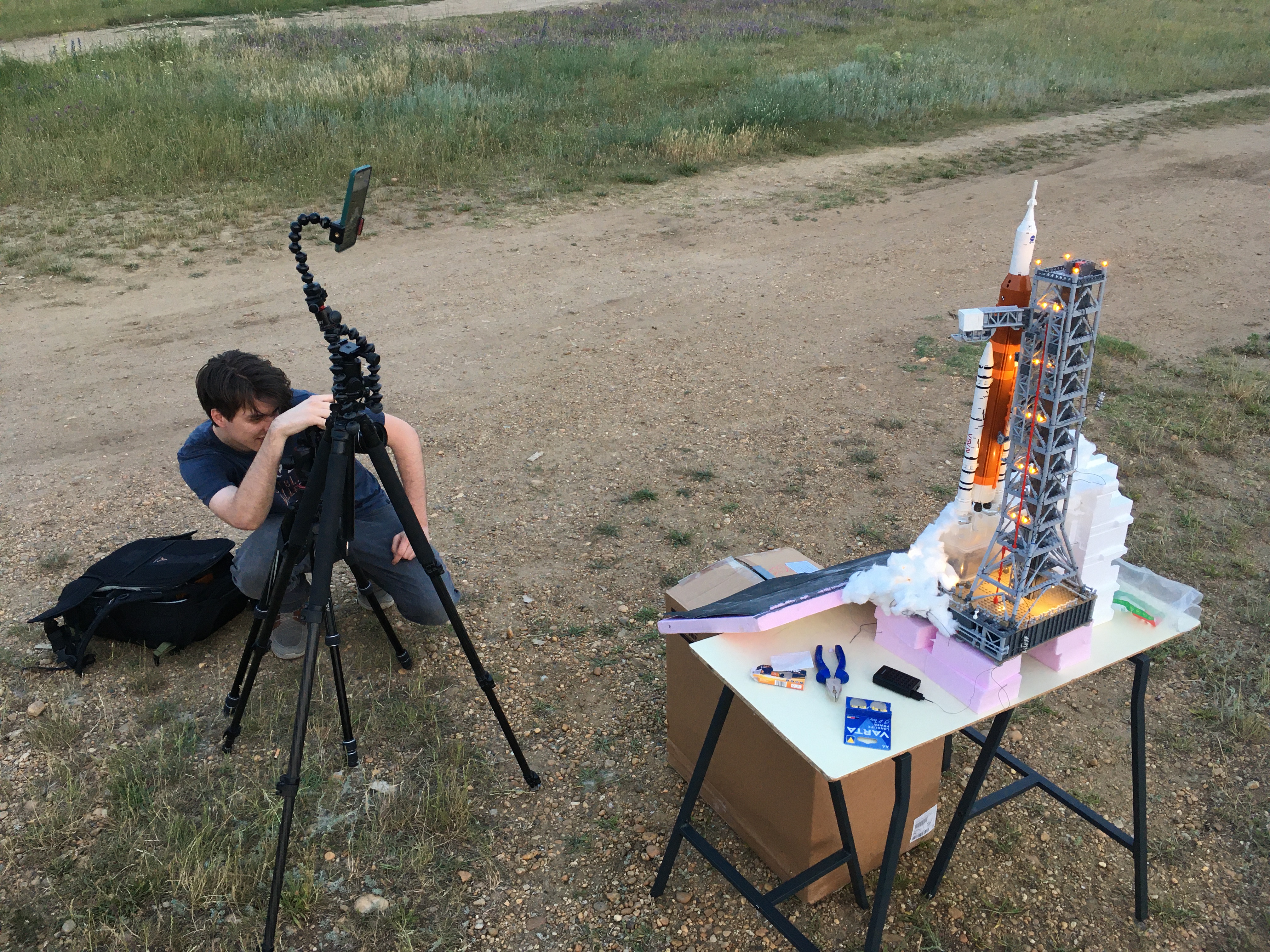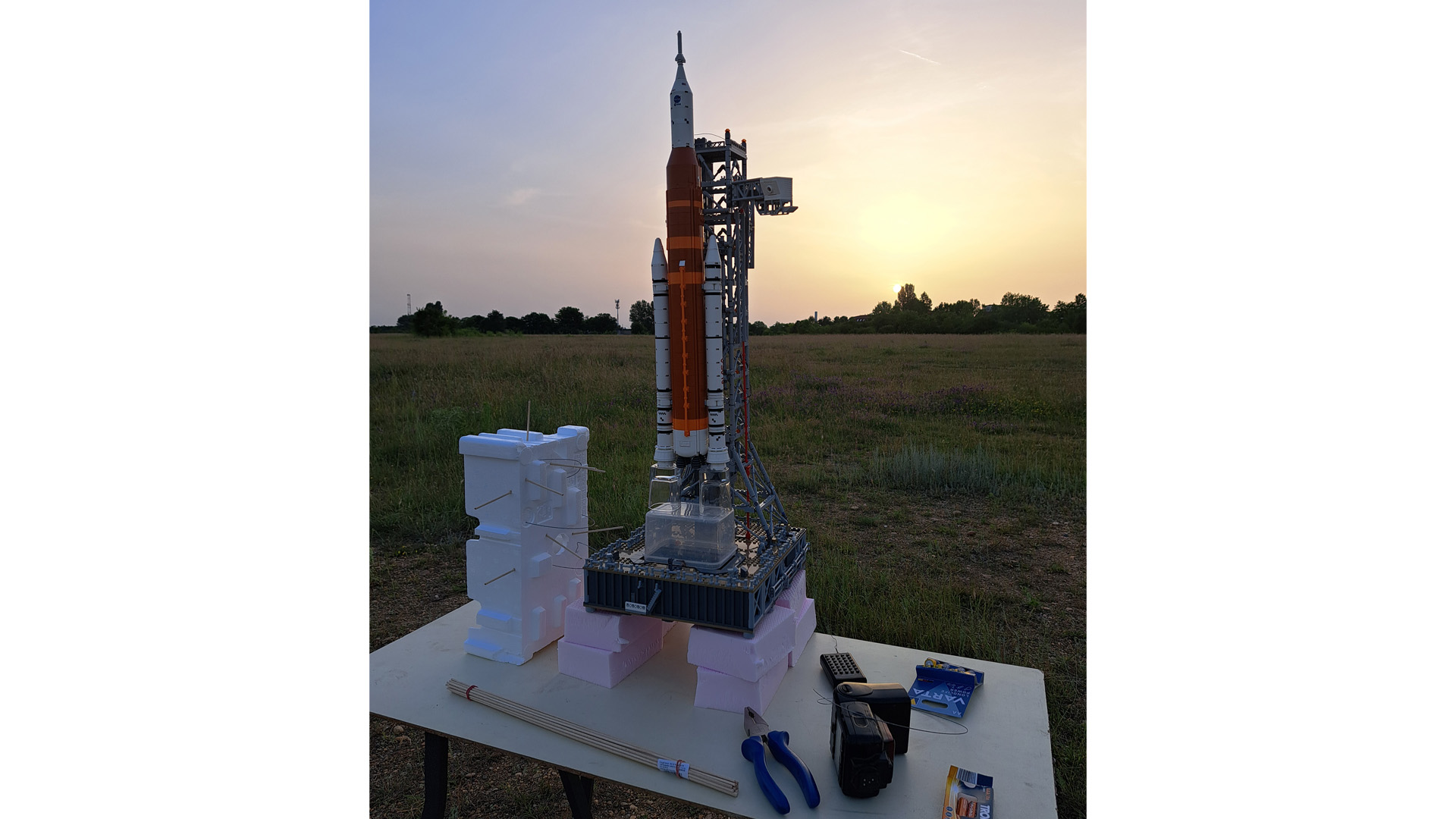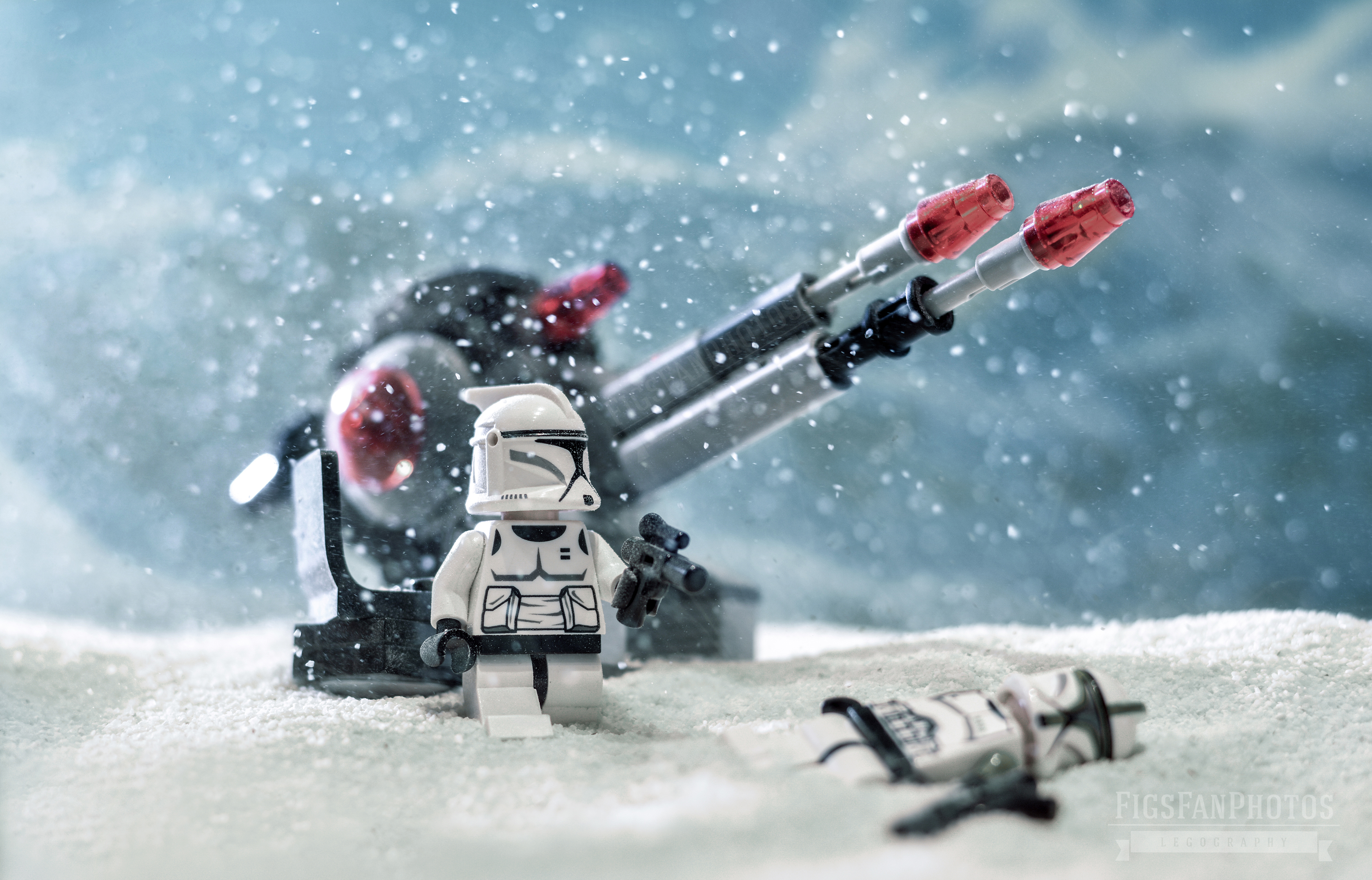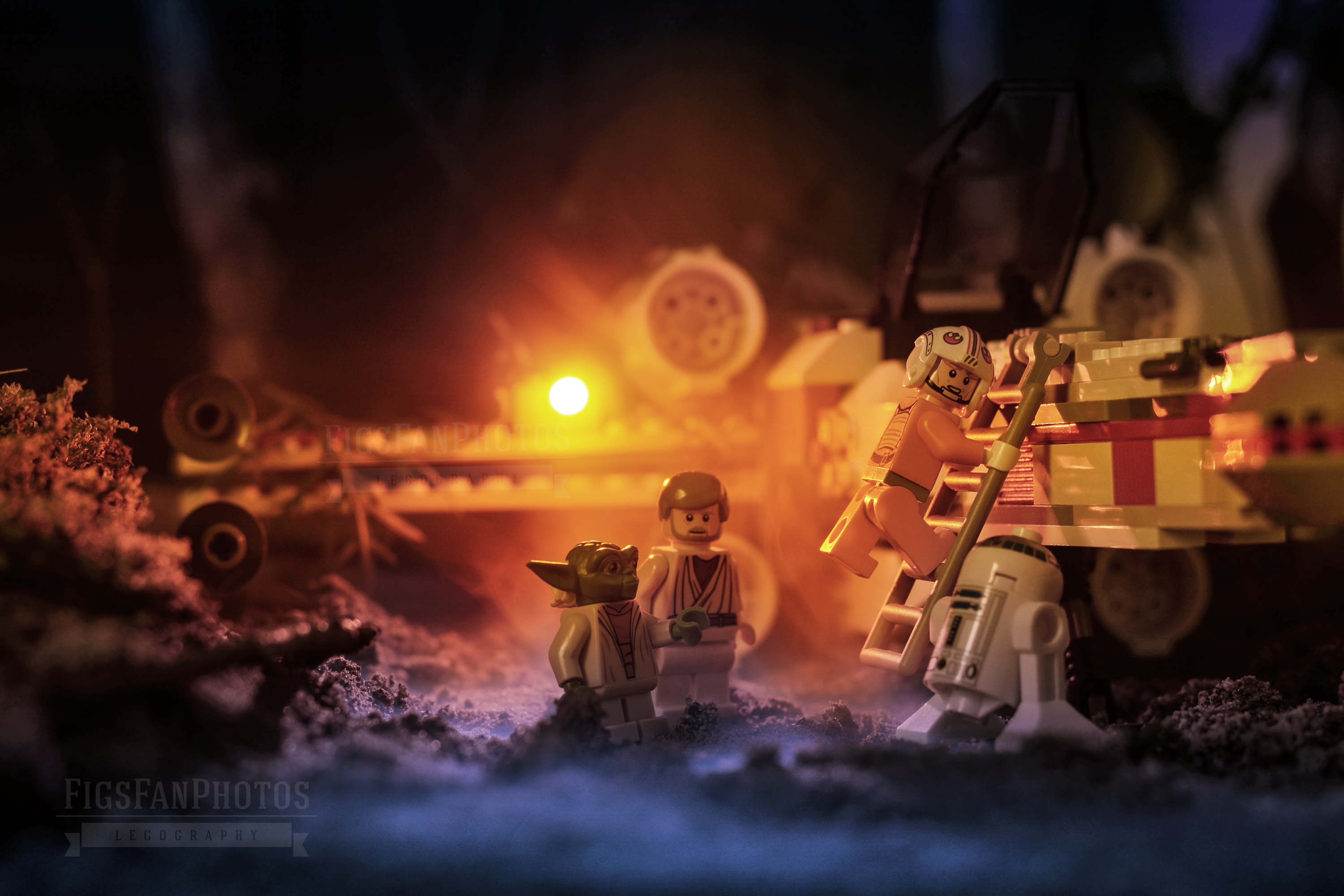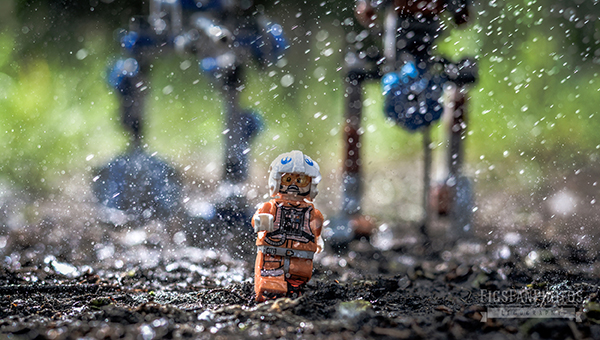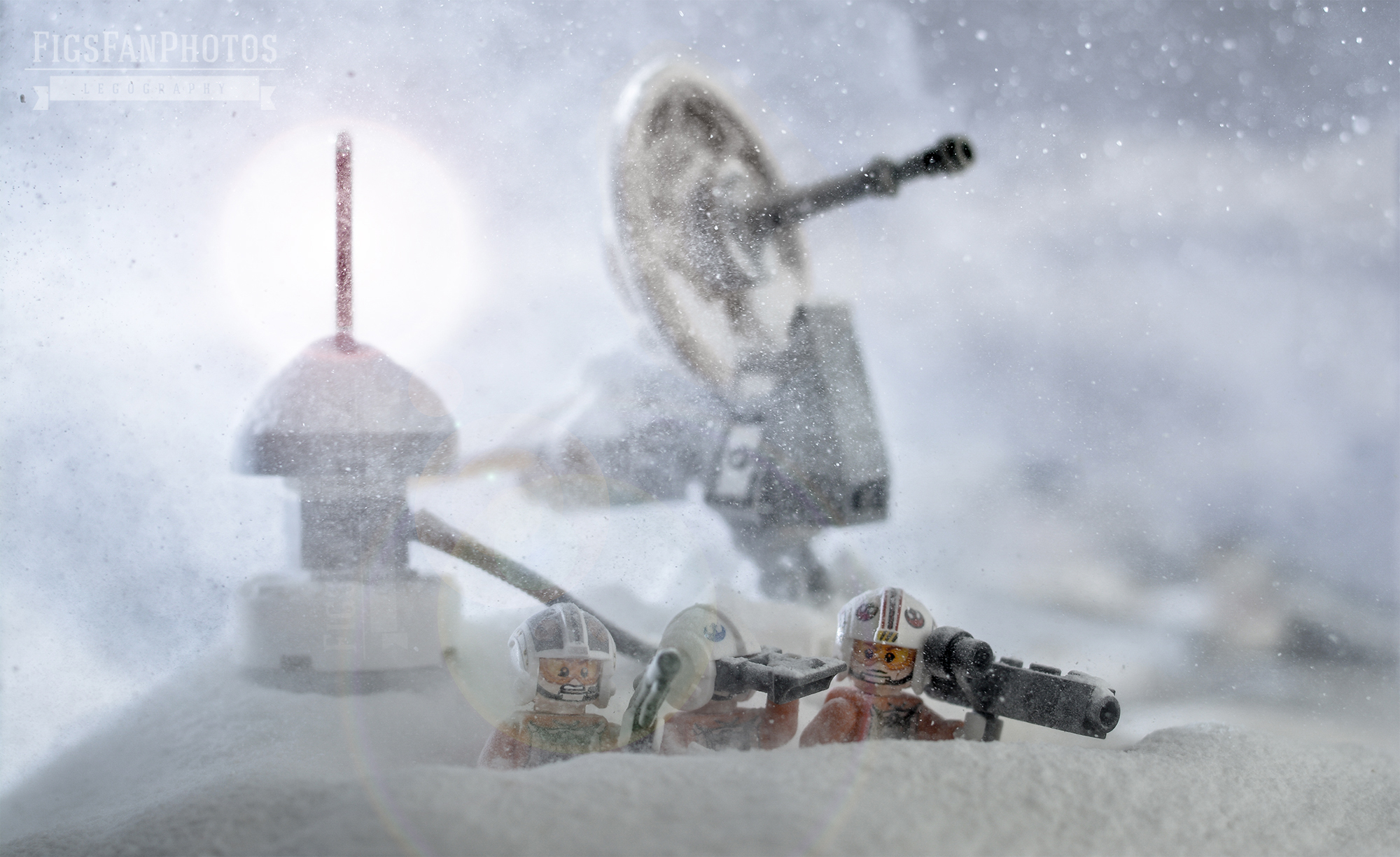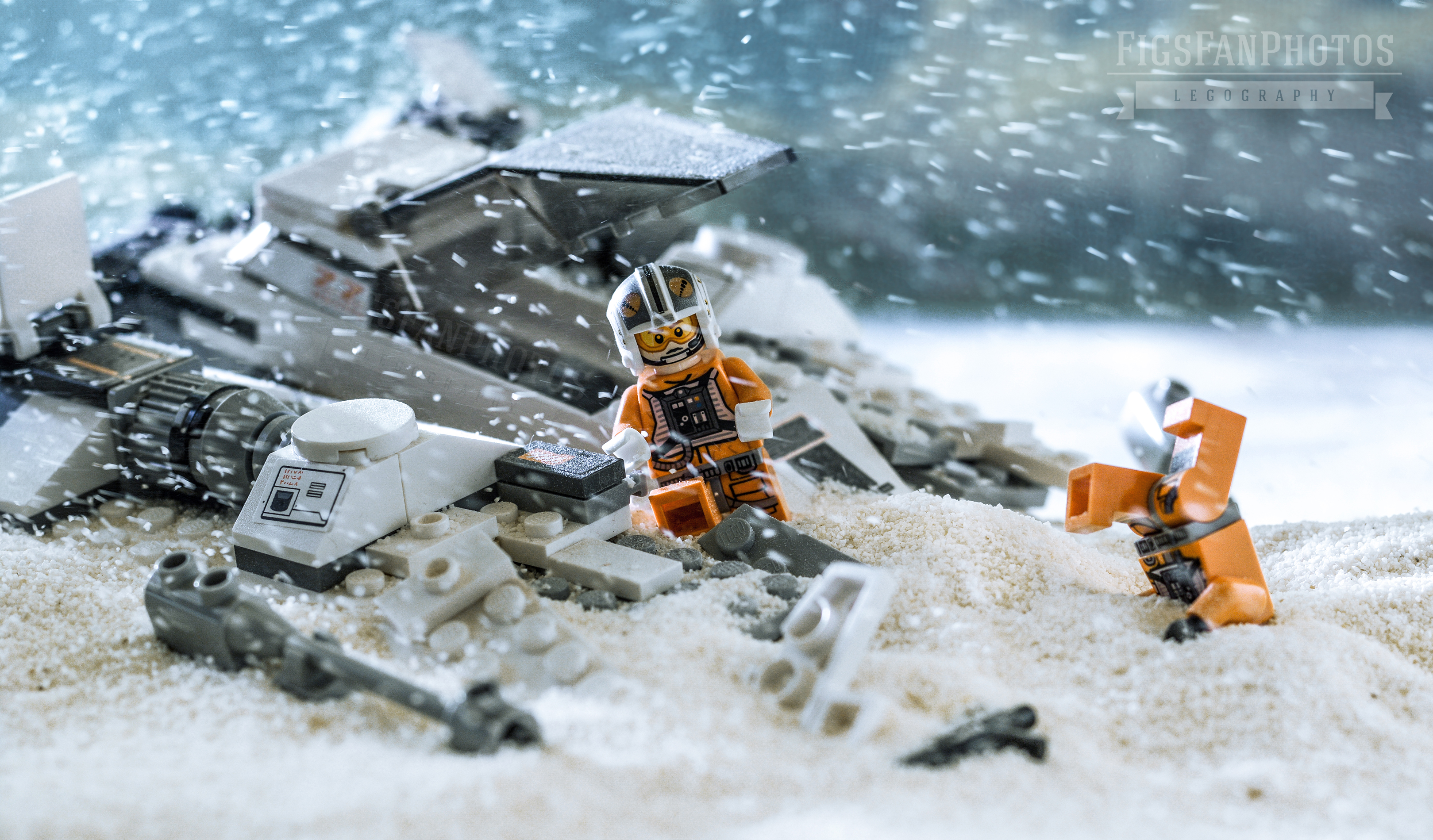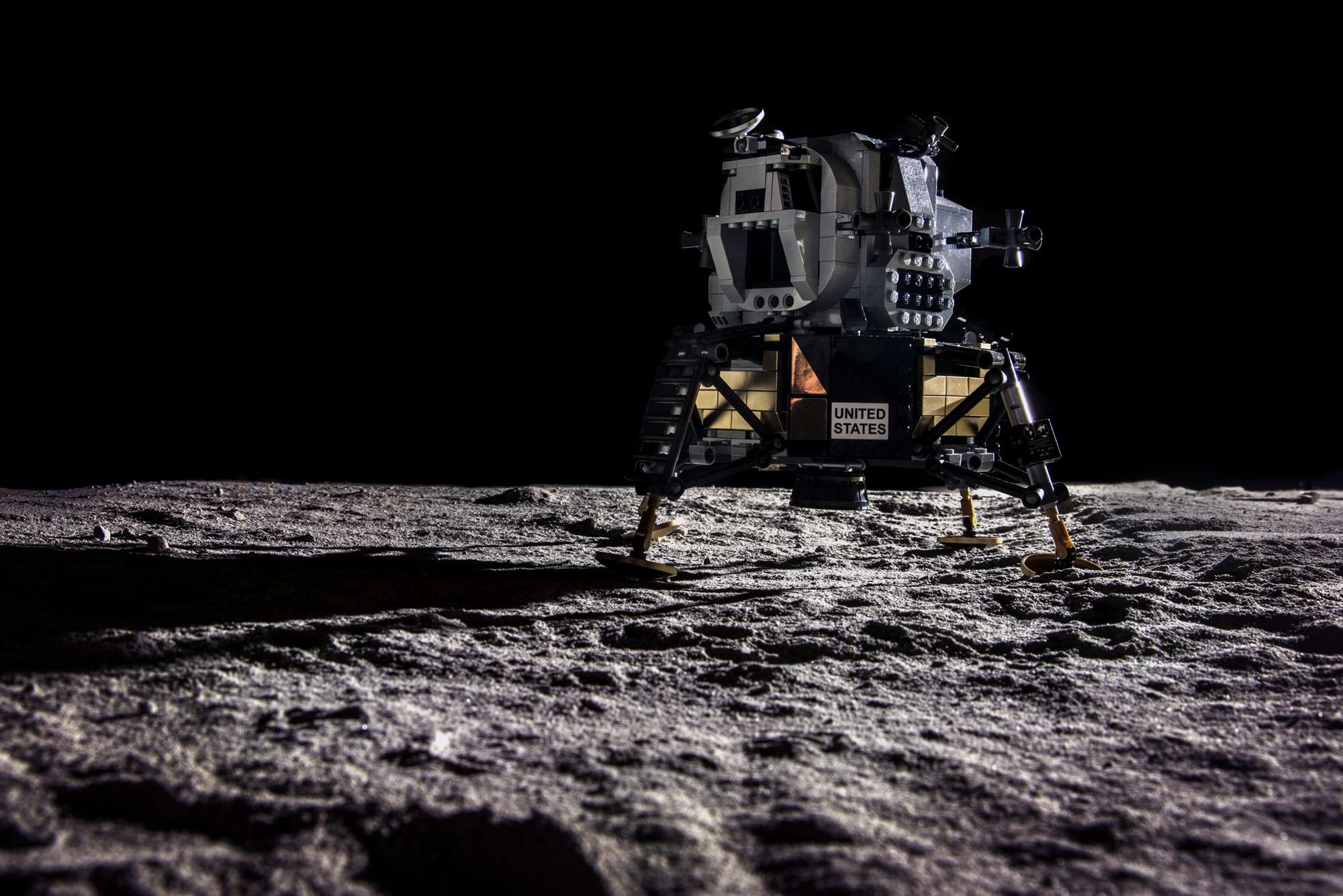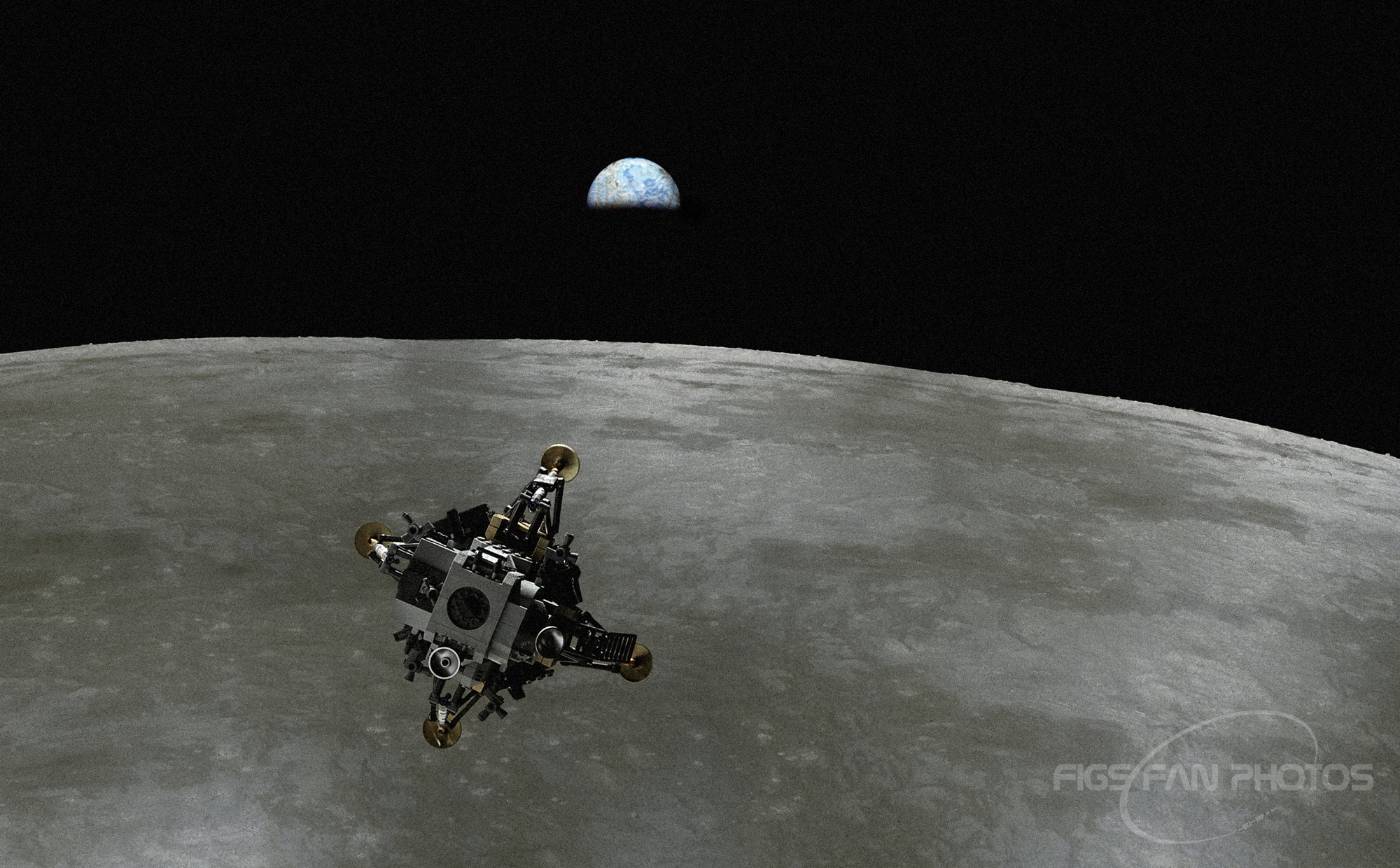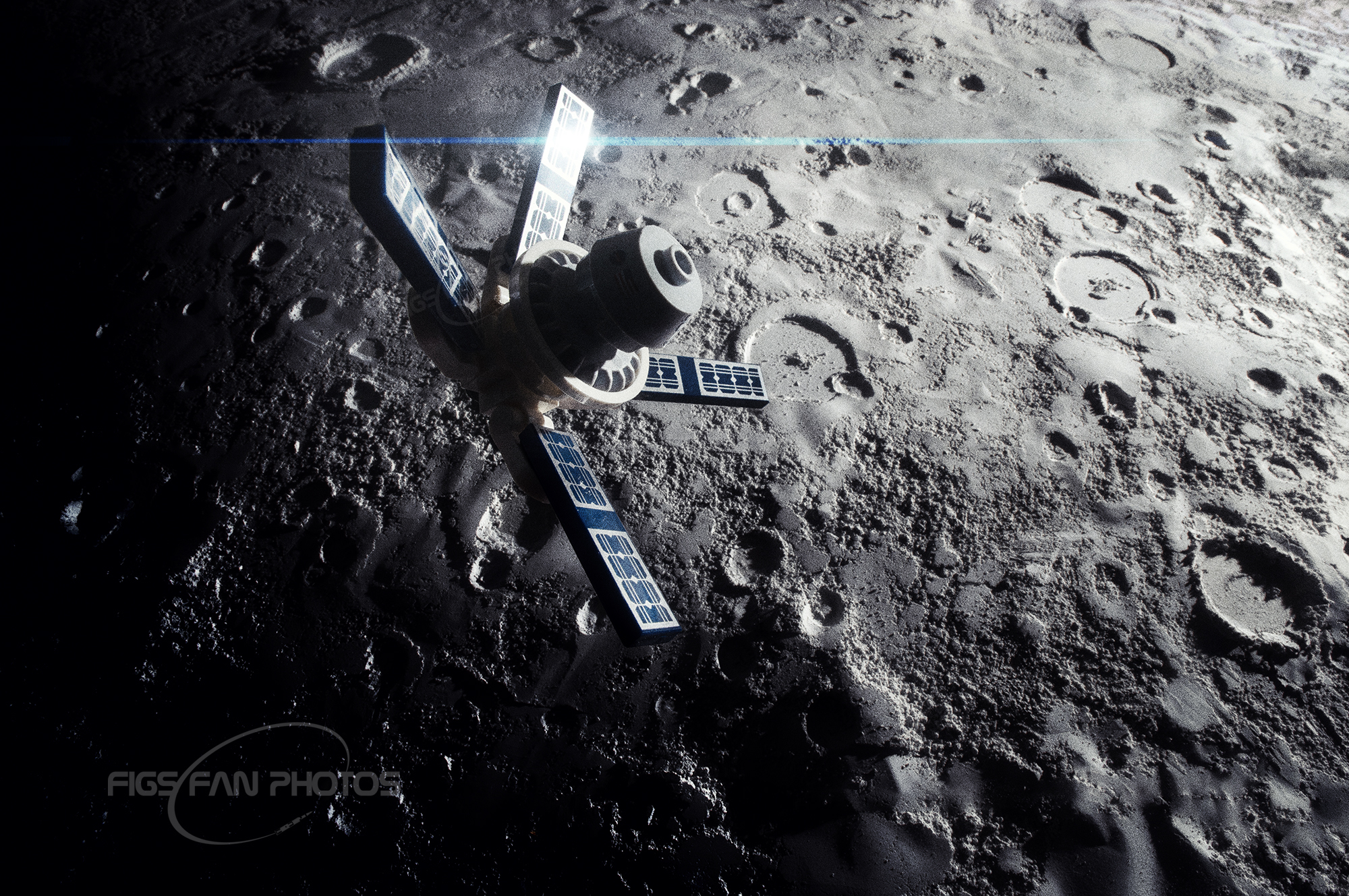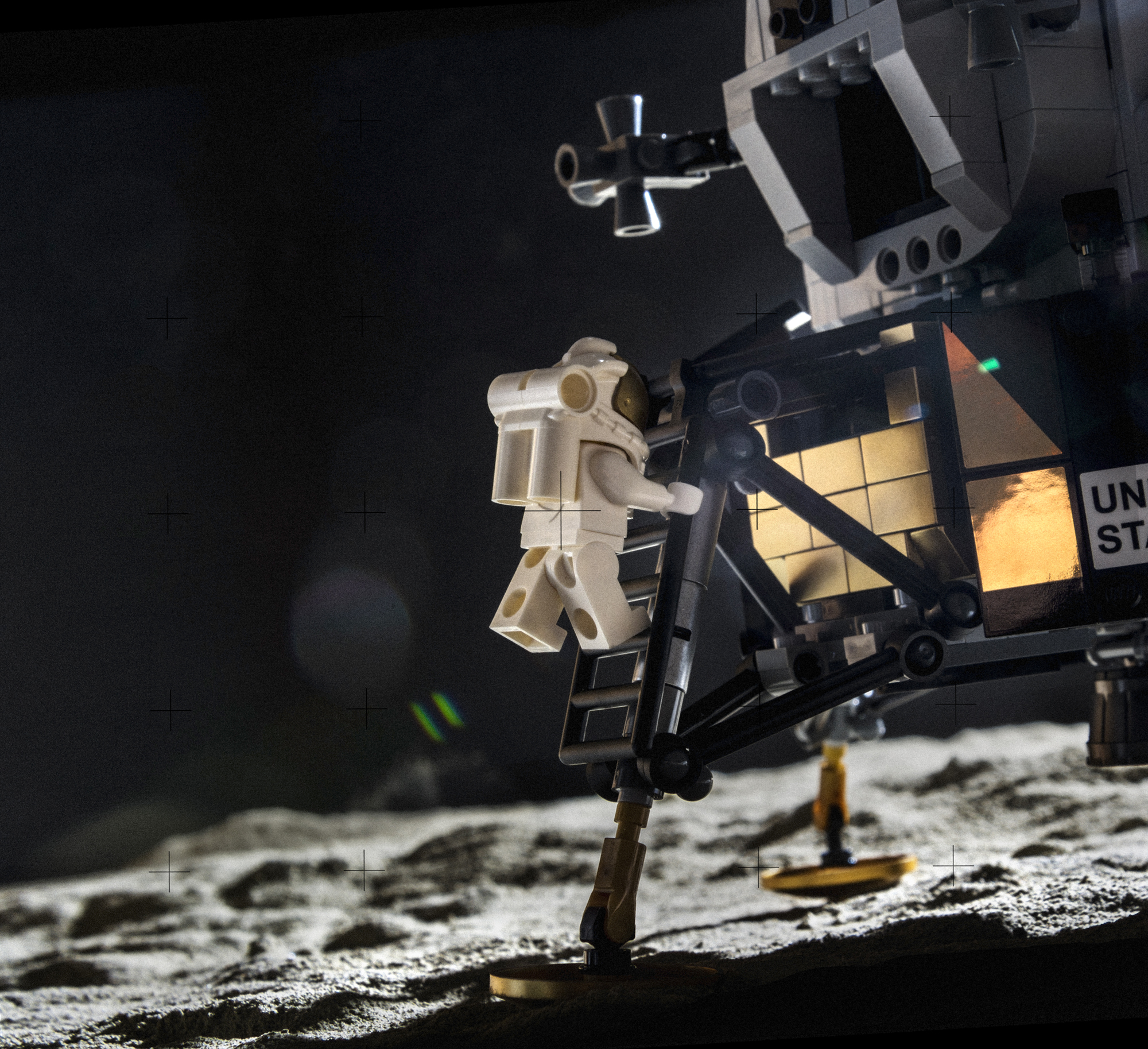Looking at the images above, you’d be forgiven for thinking you’re looking at a real rocket launch. However, these are actually works of art, created by Benedek Lampert using the LEGO NASA Artemis Space Launch System set. Using some clever cinematography and some pretty nifty lighting, he’s managed to create an incredible lookalike of the actual NASA Artemis 1 launch without ever stepping foot anywhere near it.
The resemblance is uncanny — and, of course, a lot of that is down to Lego building the incredible scale models that the company has become known for in recent years thanks to its long-standing relationship with NASA.
But of course, capturing images like this isn’t easy, and Lampert has spent years honing his toy photography skills, both by attending photography school and fueled by his lifelong love of Lego.
But he’s humble. “It turned out horribly,” he says when I ask him about his first photo shoot with Lego. He first started taking photos when he was 12, and it “just made sense” to combine his two hobbies. But unsatisfied with his work, he put the idea on hold for years. “I didn’t have the experience, the knowledge or the right equipment,” he says.
Nine years later, in 2016, Lampert finally tried again. This time, he was studying photography and had a collection of Lego Star Wars sets to play with. Though the results were clear, he still wasn’t confident. “I was nervous about showing these photos to my photography friends,” he says, worried that they would think his work was childish. But he needn’t have worried: his friends encouraged him to make more, and that’s where Lampert’s passion for Lego photography really began to blossom.
Related: Lego NASA Artemis Space Launch System Review
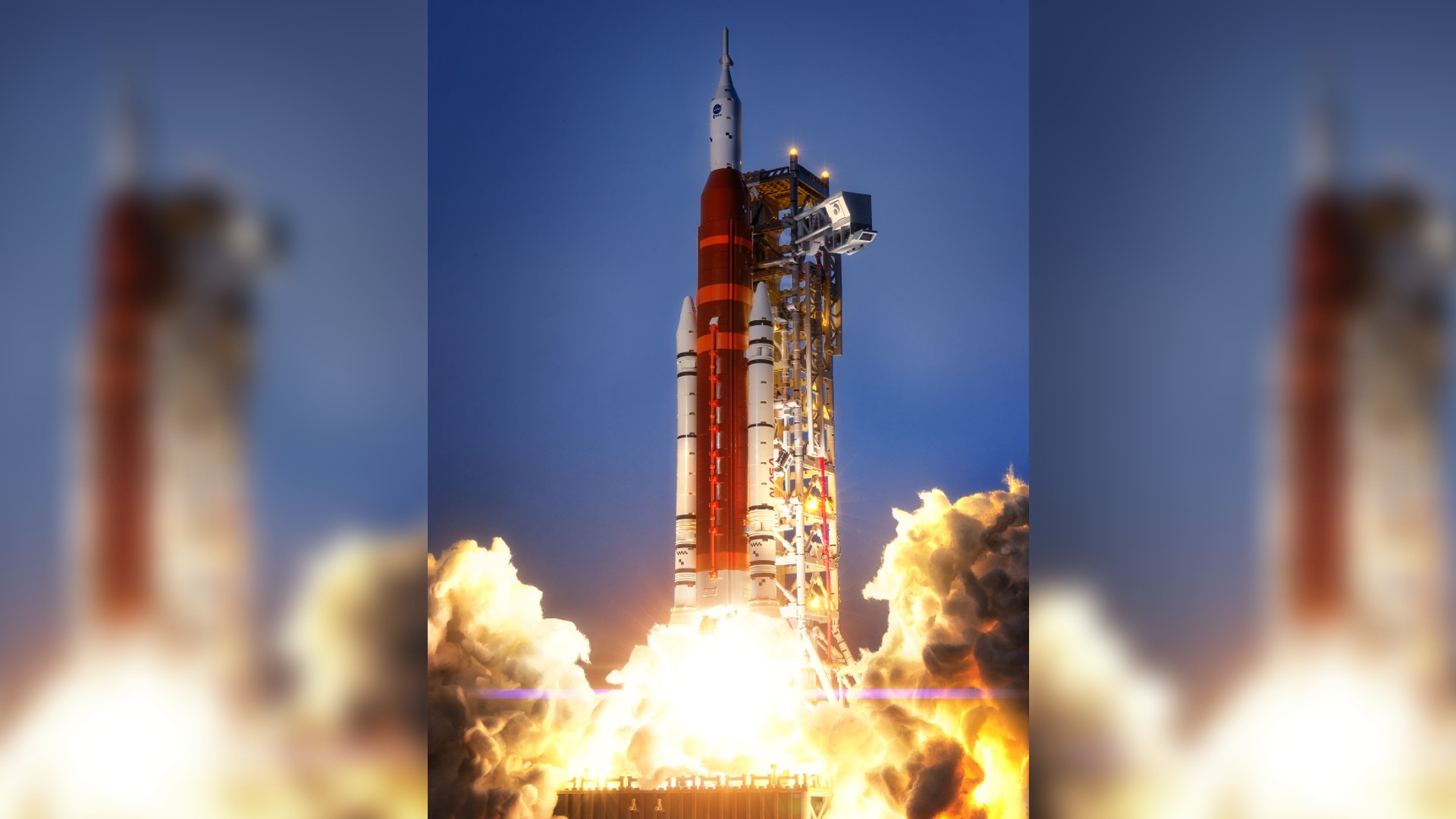
“Obviously there are a lot of things I would do differently now, but we were just experimenting with practical effects here,” Lampert said when asked about that first series of photos, “but these photos will always be special to me.”
Eight years later, Lampert is still an avid and experienced Lego photographer — in fact, it’s part of his job — and he’s worked with the company multiple times, both for the local Lego subsidiary in his native Hungary and for the global brand.
A quick scroll through the LEGO Hungary Instagram account revealed some of Lampert’s recent projects. Like this photo from Hogwarts and This is Chewbacca’s. There are more like this Awesome Star Wars Images It’s part of LEGO’s global #ThisIsHowWePlay campaign. “LEGO is my absolute passion and I can’t express how grateful I am to be able to say it’s also part of my job,” he says.
“My dad was a photographer, so I learned so much from him,” Lampert said when asked about his inspiration. “He always pushed me to be better and pay attention to all the little details.” His father’s approval was very important to him: “I would always show my dad the first photo I took with LEGO, and if he said it was good enough, I’d publish it.”
Of course, there were outside influences too: Finnish toy photographer Vesa LehtimäkiHe also does space-themed photography and is known for his creative shoots with Lego, and he is a big inspiration to Lampert. “I saw his photos and I wanted to learn from them,” he says. “To me, he’s an icon. There was no ‘how’ back then, so I developed my own technique.”
Lampert has created a wide range of imagery using LEGO over the years, and as a fan of fantasy and sci-fi, he frequently shoots on Star Wars sets, as well as Harry Potter and Lord of the Rings sets, and has also worked on sets from Dune and Back to the Future (“It’s been a lot of fun recreating some scenes from those classic films”).
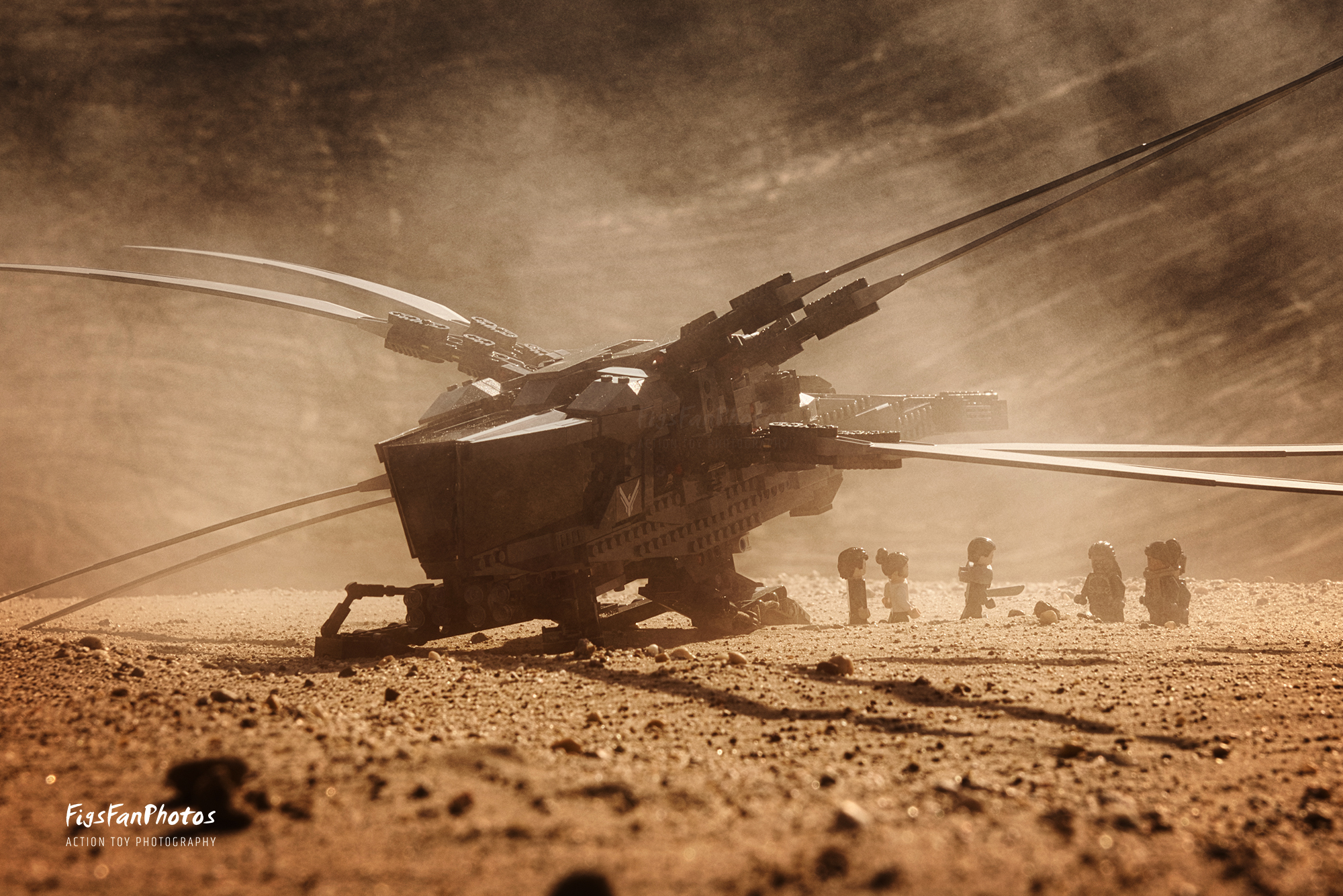
I asked him about his favorite Lego theme. “I can’t pick one, but I like Star Wars and fantasy. [in general] “I love the grandeur and atmosphere of the medieval period and I also try to bring something magical into my images,” he says.
“Star Wars makes you feel like you’re a Jedi, part of this world. [Star Wars] “There are many different worlds in space, with many different challenges and things to see. You can do anything in this universe. You can do winter photography, or deserts, or jungles. You can even recreate lightsaber duels or starfighter dogfights.”
So what’s his favorite project? “Not an easy question to answer, but Apollo 11 and the Artemis series have always been close to my heart,” he says. “And this is not just because we’re on Space.com, but because of the stories behind them.”
Lampert describes himself as an “amateur space nerd” and space science enthusiast – “I especially love the moon landing. I’ve had a lot of arguments with people who say the moon landing was a hoax,” he laughs – so it’s no surprise he’s obsessed with creating amazing photos of LEGO space sets.
“I’m really passionate about this,” he says. “It’s so fascinating that the Apollo people managed this almost impossible challenge, and now we’re doing it again, but at the next level! In honor of them (scientists, astronauts, engineers), I put all my knowledge and energy into my photography projects. I want to create work that makes people say ‘wow.'” [based on] These missions.”
While Lampert’s final product is impressive, we also had a lot of fun getting a peek behind the scenes. He shared some photos that show the process behind his work, as well as some important details about what goes into creating his projects.
“I always imagine the picture in my head first,” he says. “If I know exactly what I want to see, I can think of technical solutions. This is essential, because I need a starting point from which I can plan the landscape and the lighting. After I have the image, I carry out as many experiments as I need. Sometimes I take 100 to 200 photos, and these are just tests.”
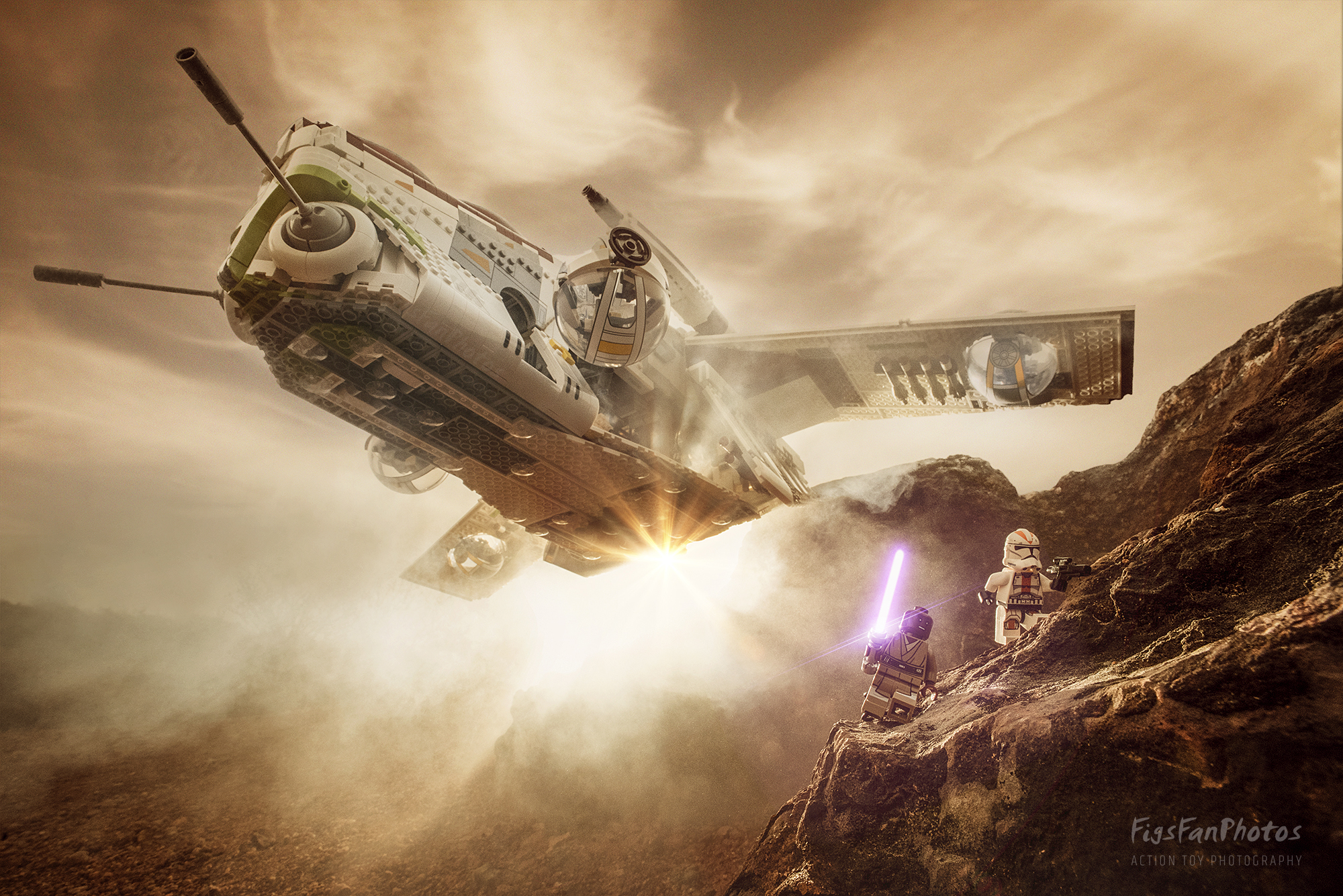
Of course, an idea is only part of the project. In Lampert’s work, getting the lighting right is key to perfecting the look and mood of the finished piece. “If you shoot a landscape with bad lighting, you’ll get a flat image with no atmosphere. But if you get the lighting right and create atmosphere, you can get amazing photos that look lifelike.” Any photographer who works with studio lighting, or who has simply tried to take more artistic photographs, will know how true that is.
Lampert thought it was important to note that everything he does is done by hand, using traditional photography kit. Sure, he uses post-processing tools to enhance his images, but he stresses that he doesn’t use AI or “content manipulation” to set up his scenes. He either builds his own environments or uses the world around him.
To create the lighting effects in his photos, Lampert uses old Nikon SB-24 speedlights and Litra light cubes, as well as natural light sources whenever possible. He shoots with a Nikon D750, and his favorite lenses are the Nikkor 24-70mm f/2.8 and the Laowa 15mm f/4.
While having good equipment is certainly important, it’s not enough to take amazing LEGO photos like Lampert’s. We asked him to give us some of his best advice for amateurs looking to get started in toy photography. “This is not a genre for beginners,” he says. “If I could give you one piece of advice, it would be to study lighting and how to light a scene. It’s all about patience and learning. You need to understand your camera well, and post-processing is also necessary to create a moody color grade. I usually observe real environments and how lighting and other objects behave. You can learn a lot by analyzing the real world. Only then can you bring it to a miniature scale.”
To see more of Benedek Lampert’s work, Instagram, Facebook or Youtube.




